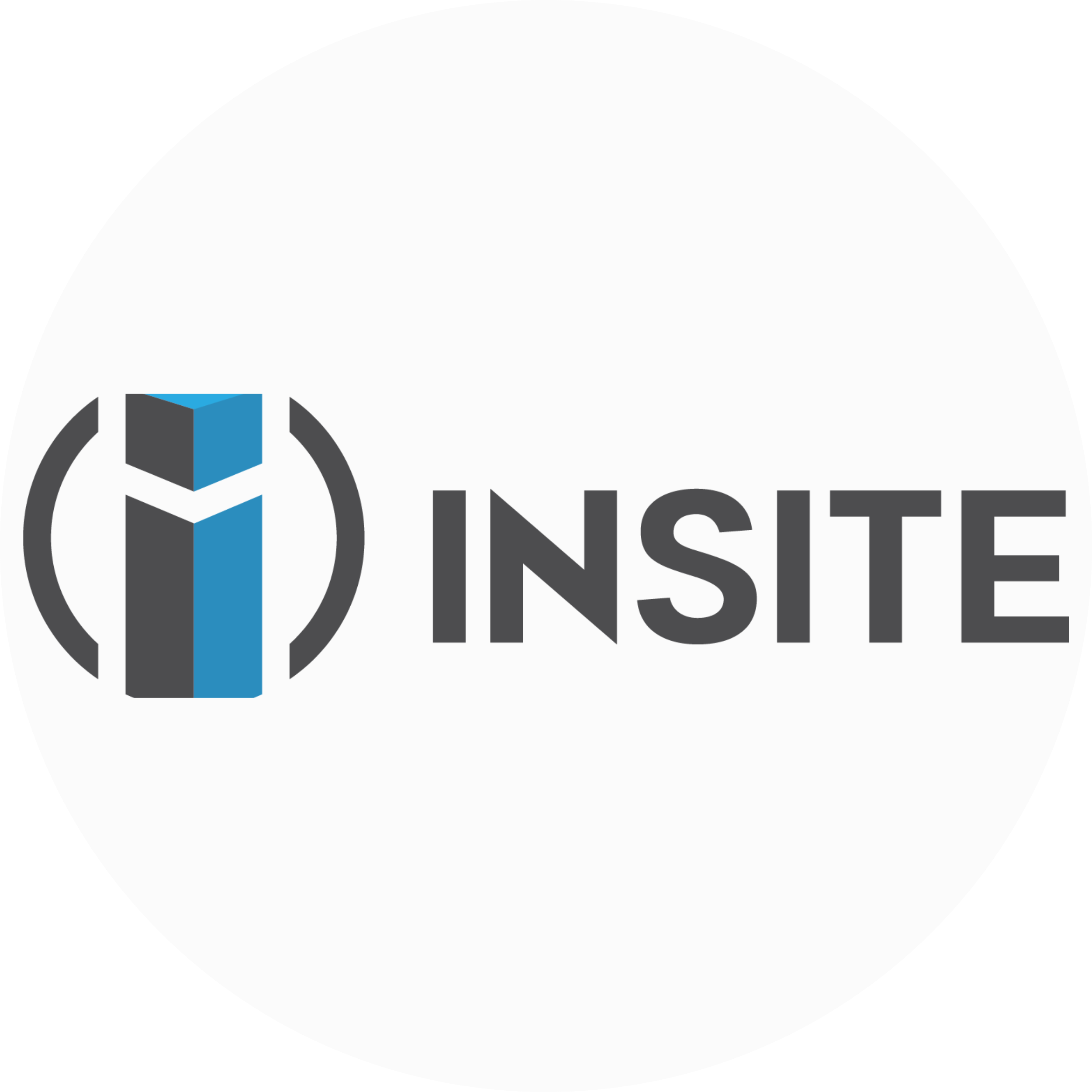
It’s not to everyone’s liking. But flexibility can be a valuable benefit.
We’re approaching the time when many major employers announced they would require employees to return to the office. But with COVID infections increasing in some areas and growing concerns over the Delta variant, plans may be changing.
You must go back to the office. Now what?
I’ve been listening to a great podcast, the Harvard Business Review IdeaCast. In this episode, we hear from Nicholas Bloom, an economics professor at Stanford who has been studying remote work and hybrid arrangements (the blending of remote and in-office work).
Most large companies have announced new hybrid-work schemes. But who gets to work from home, for how many days, and on which days?
It’s complicated. But it doesn’t have to be. People today confront a tremendous amount of choices that might be overwhelming. We have an overflow of information and data, often with insufficient knowledge to cope with it.
Employees have a tremendous amount of leverage right now. Bloomberg reports that employers are seeking one-to-two days of remote work, and employees are seeking two-to-three. As a result, the number of remote work days is increasing.
Last week, I was meeting with a client whose office lease expires soon. A year ago, when we first started discussing the lease, it would be an easy decision. She was going to renew and use the generous tenant improvement allowance from the landlord to make some changes to her floor plan to allow social distancing. But a lot has changed this summer, and her team is asking a lot of questions.
Client: Do employees get to decide which days they stay home?
Cardinal: Everyone will want Monday and Friday off.
Client: Does a team make the call? How about Human Resources? I do not want to be the one. How do you bring them back in?
Cardinal can help companies navigate these uncharted waters and develop a clear vision for the workplace.
Using The DSQ Formula, we start by developing a deep understanding of a company’s vision before the pandemic, what it is or should be now, and the challenges that could stand in the way. The DSQ Formula is a two-part tool that gets at the challenges you face when solving for the future workplace and the solutions you want to explore. We then help you craft a plan of action that works with your company’s culture and mission to develop the optimal workspace for your situation. If you are interested in learning more, give me a call.






